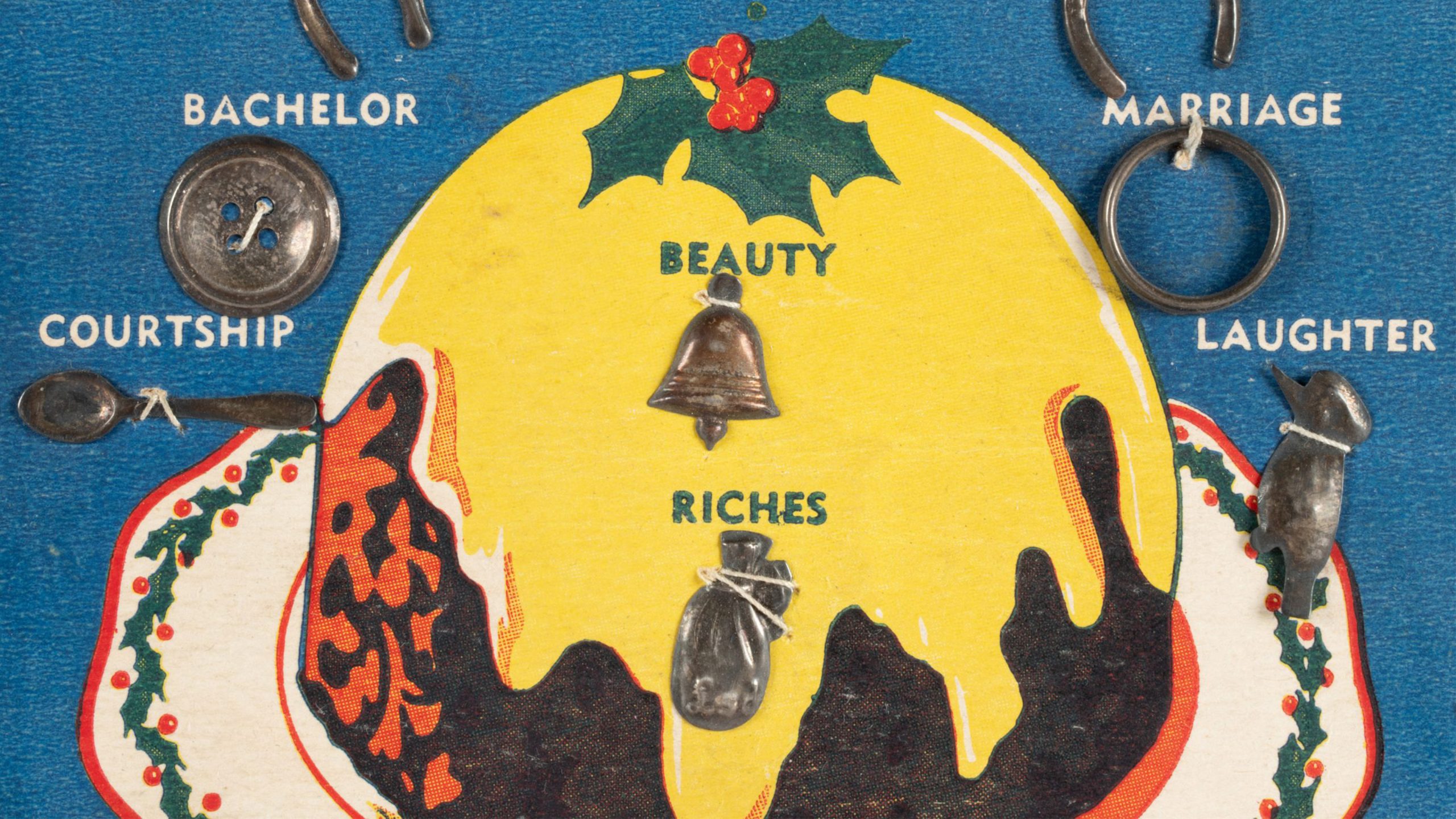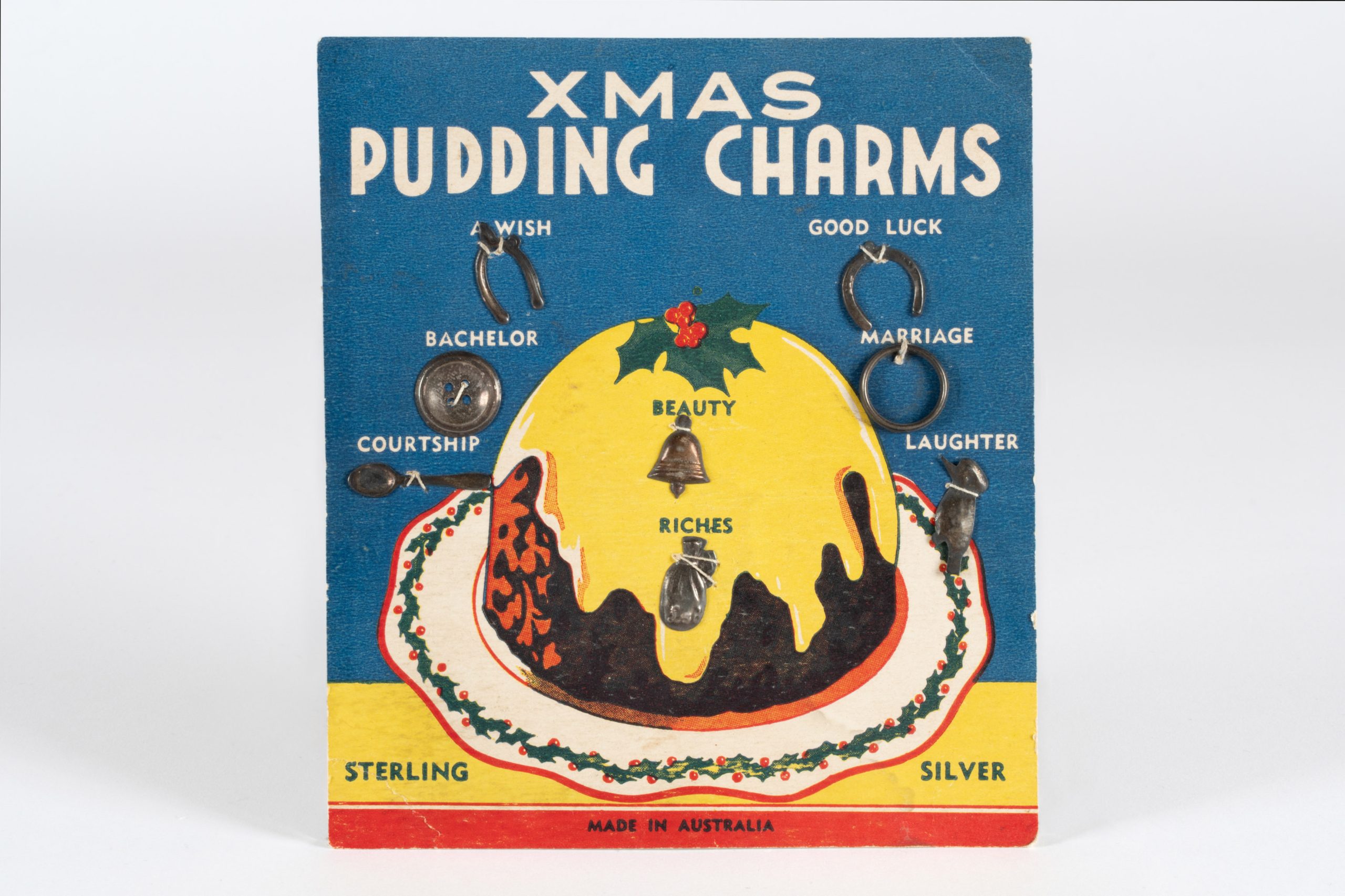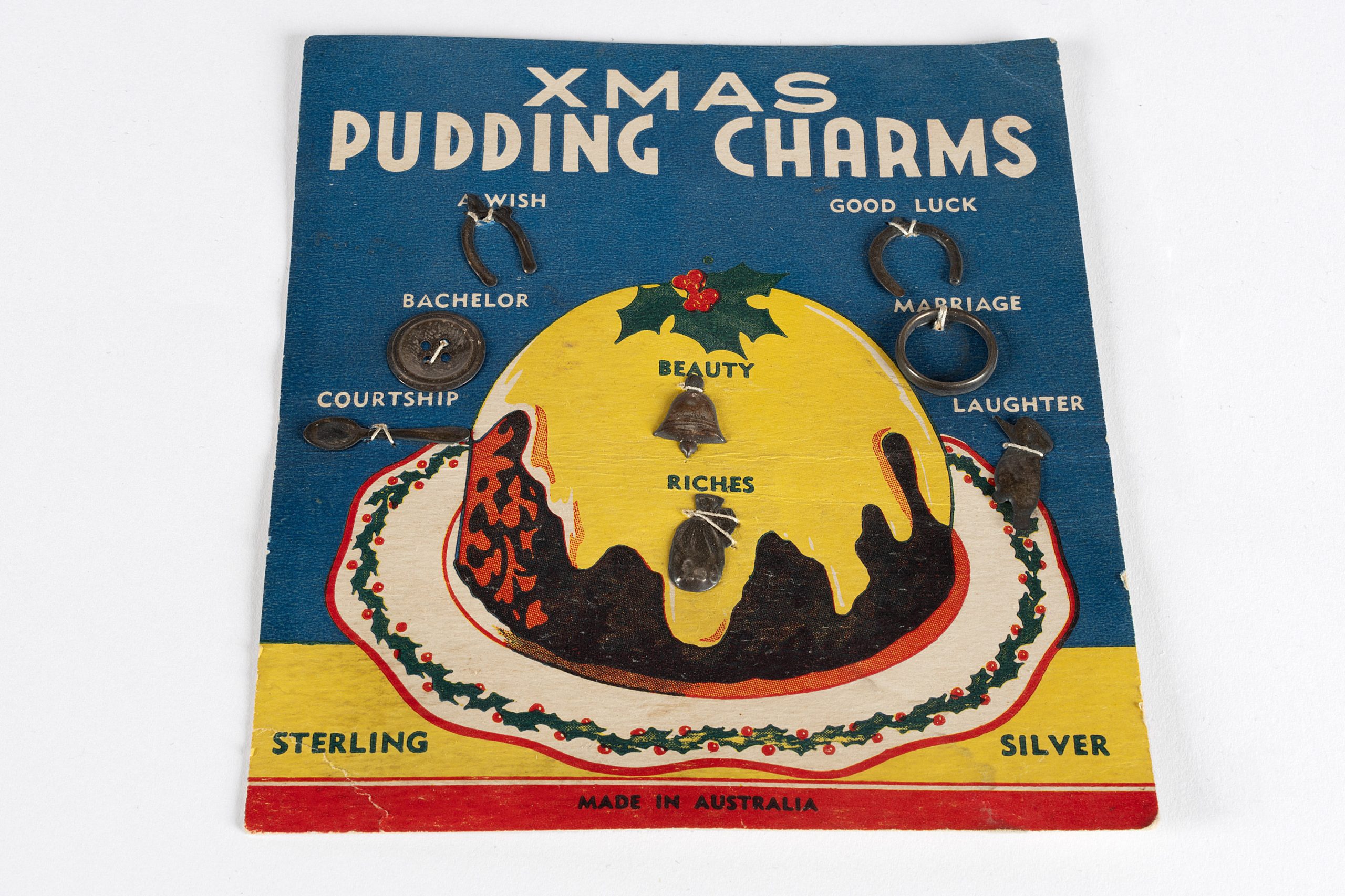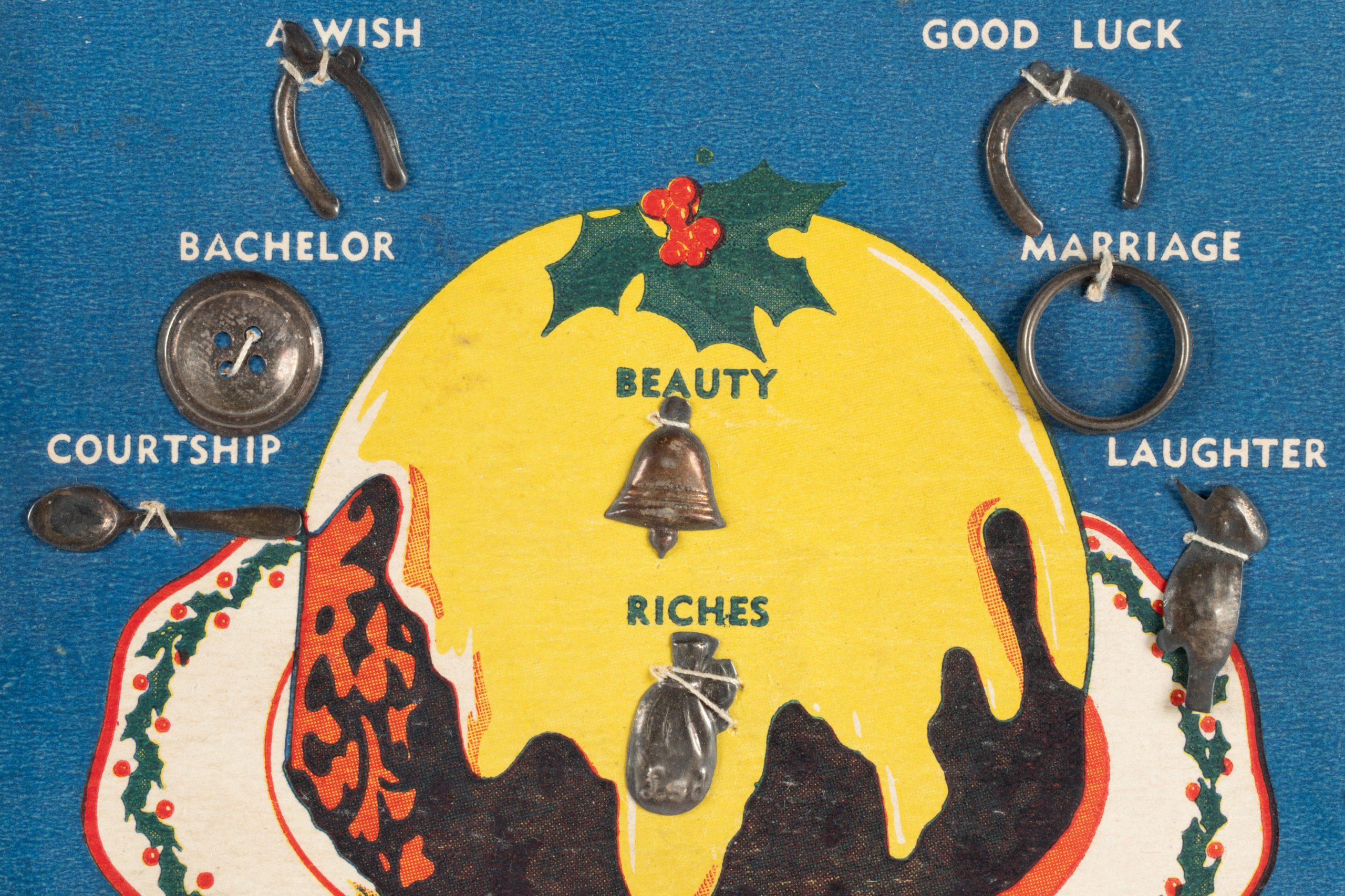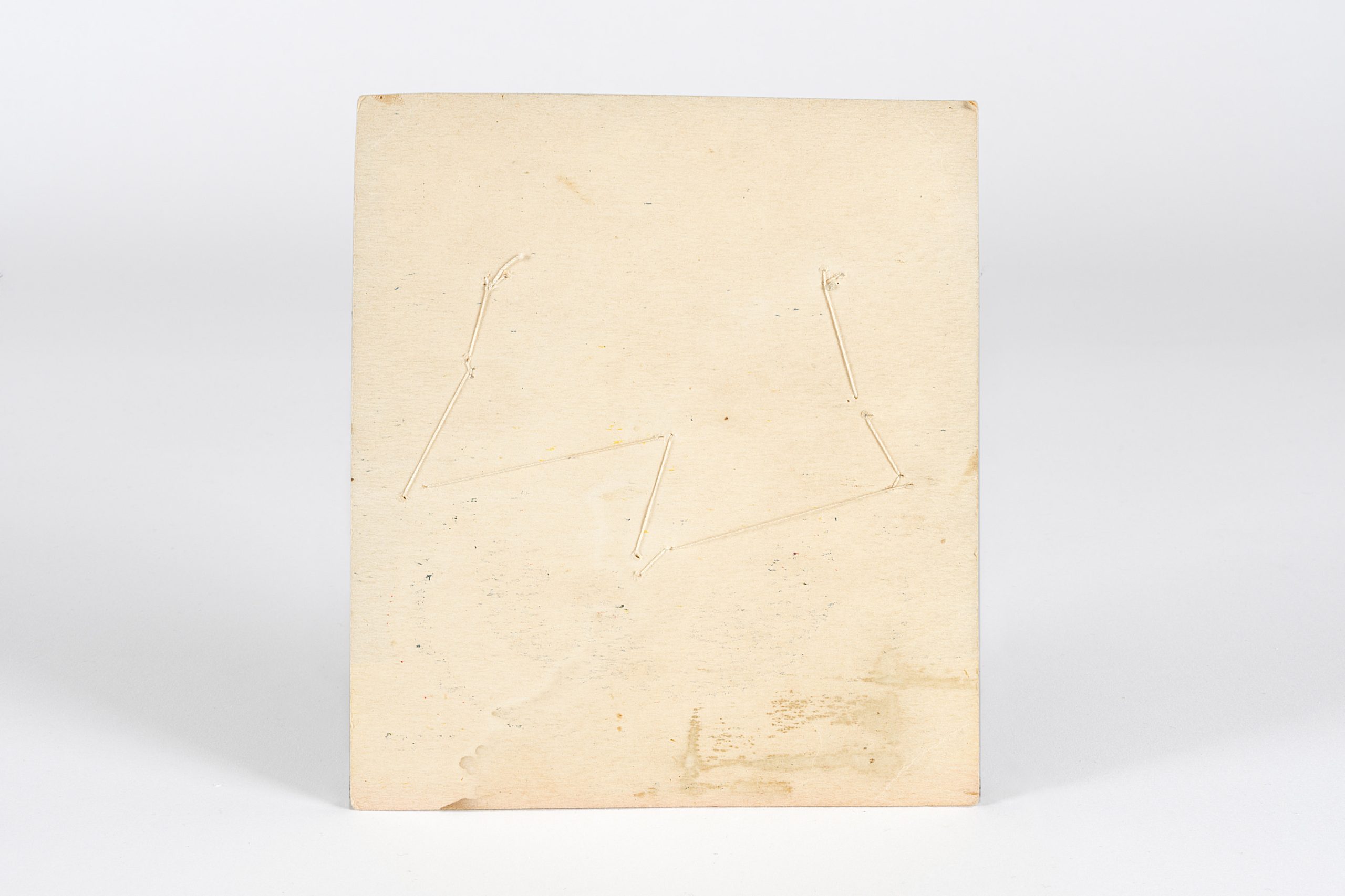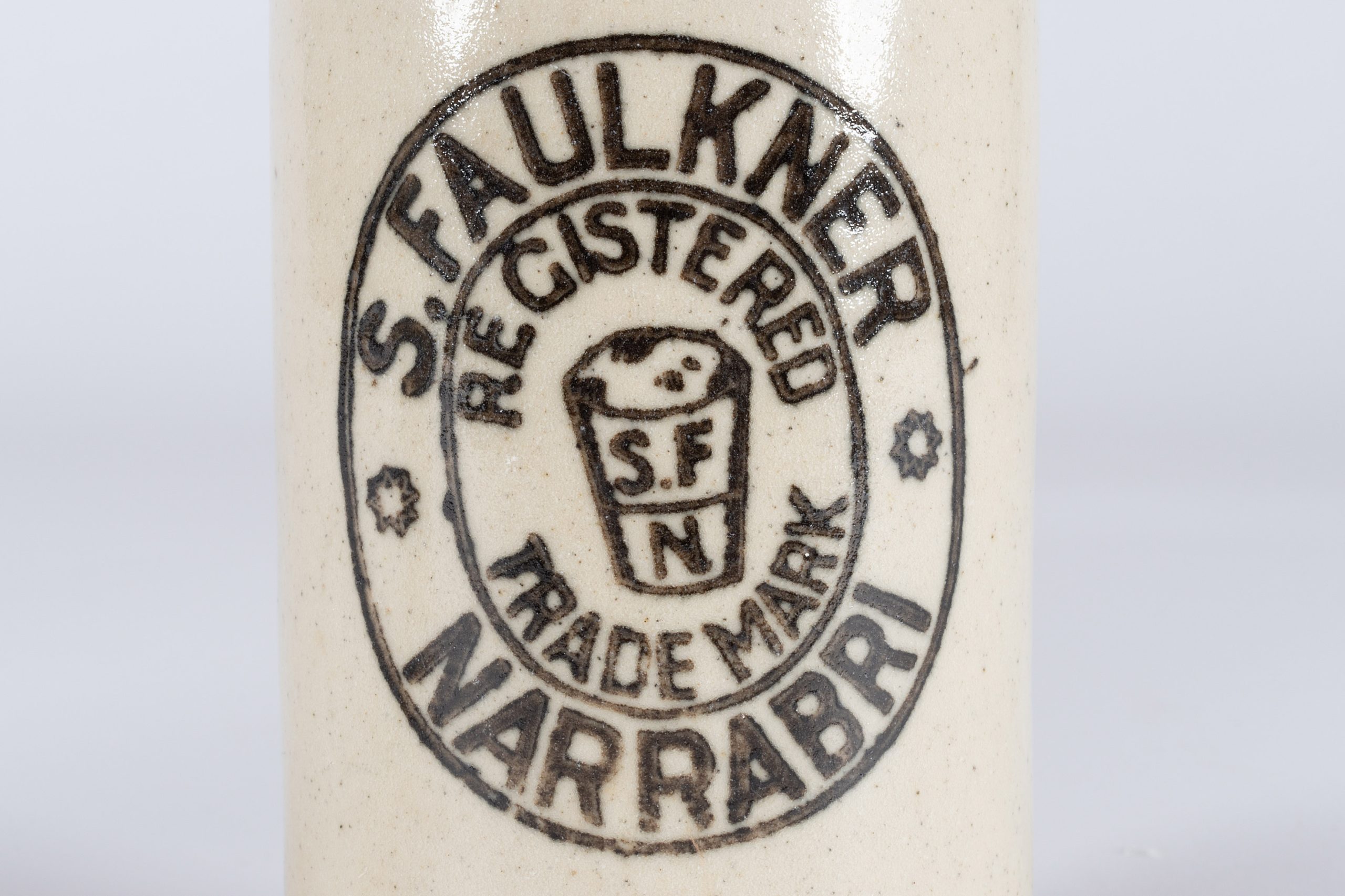Christmas Charmed
Pudding, the Ultimate Fortune Teller
Until relatively recently, a strange ritual gripped Australian households at Christmas time. As families excitedly sunk spoons into Christmas pudding, they kept an eye out for a glimmer of silver between each rich and sugary bite.
They weren’t simply trying to avoid cracking a molar. Instead they were hoping to find one of the charms which had been hidden inside. Each charm carrying a specific meaning, they promised to tell the fortune of the finder for the year ahead. For example, these very charms represent courtship, bachelordom, wishes, good luck, marriage, laughter, riches, and beauty.
From the nineteenth century these tokens were mostly associated with the Christmas pudding, but the origins of the tradition likely stems from earlier rituals of Twelfth Cakes. Eaten as a part of the rowdy celebration known as Twelfth Night (6 January), Twelfth Cakes were large highly decorative fruit cakes that played a central role in the games and festivities of the raucous evening during the medieval and early modern period.
A bean and a pea were traditionally hidden inside the Twelfth cake, determining the roles that guests would play for the night. The finder of the bean became the king and the finder of the pea became the queen, reigning over the chaos. Sometimes additional tokens were inserted too, such as a rag for a woman of supposed ‘disrepute’, a clove for the knave, and a forked stick for the cuckold.
Though the popularity of Twelfth Night, and ultimately Twelfth Cakes, began to wane. The tradition was woven into Christmas day rather than abandoned altogether. And so, the pea and bean of Twelfth cake became the pudding charms we see on this very card.


